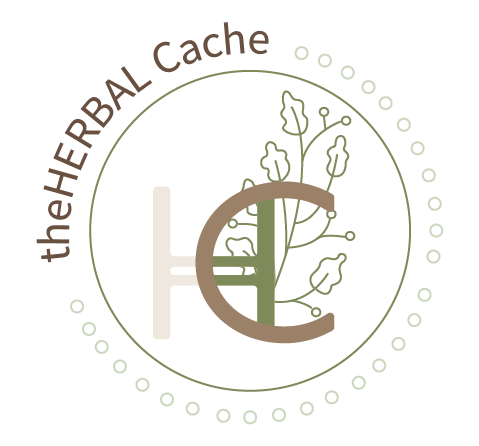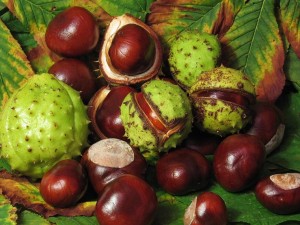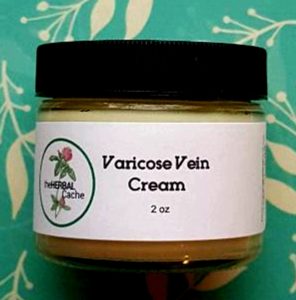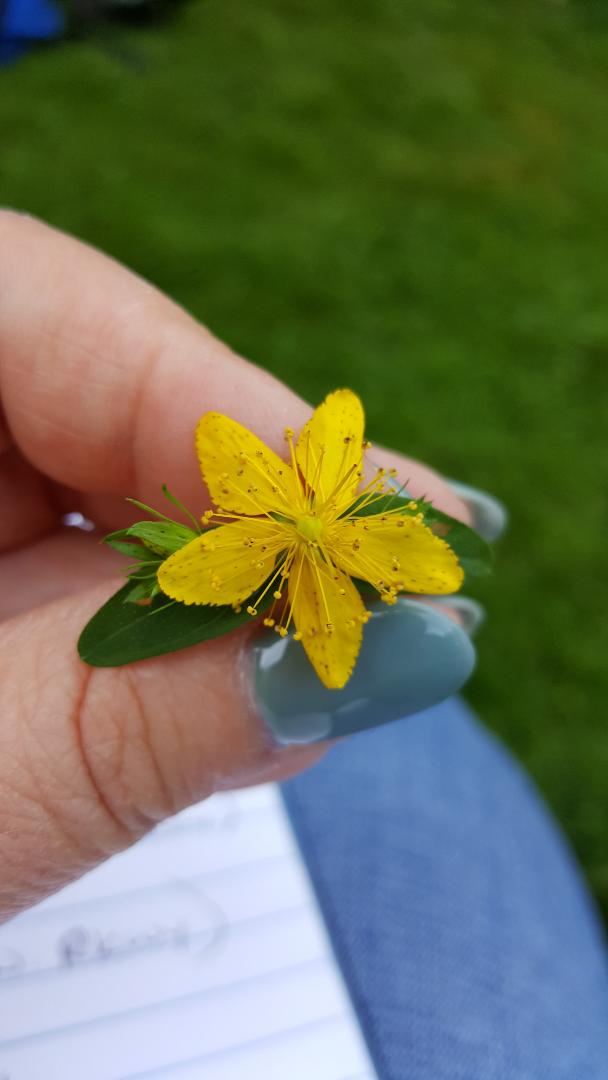Horse Chestnuts
Aesculus Hippocastanum
The horse chestnut is a tree which is native to the northern hemisphere. It is also sometimes referred to as buckeye or Spanish chestnut. The leaves, flowers, bark and seeds have been used for centuries to cure various ailments.
Horse chestnut is valued because of its support of the circulatory system. Its astringent and anti-inflammatory properties help to tone and protect blood vessels. By increasing the permeability of the capillaries and allowing the re-absorption of excess fluid back into the circulatory system, it helps in reducing fluid retention.
The one traditional remedy horse chestnuts are known for is providing health to leg veins, thus great for varicose veins. Also helps with hardening of the arteries, leg ulcers, hemorrhoids, nighttime leg cramps and frostbite. Horse chestnut is also known to help fight wrinkles and reduce cellulite.
Because of its anti-inflammatory properties, horse chestnuts are also often used to help with rheumatoid arthritis and its symptoms. Many massage products for athletes with muscular aches, contain horse chestnuts.
You can purchase the cream from my Etsy shop. It is a smooth, light cream and a little bit goes a long way.
Another simple and quick way to make a remedy for rheumatoid arthritis is to to mix 1 tablespoon of Horse Chestnut Oil in half a tablespoon of Extra Virgin Olive Oil or Arnica Oil and apply or massage onto the affected areas twice daily.
Caution: raw horse chestnuts should not be taken internally, as the toxin, esculin, they contain is poisonous. Symptoms can include nausea, vomiting, diarrhea, salivation, headache, break down of red blood cells, convulsions, and circulatory and respiratory failure possibly leading to death. Only standardized horse chestnut seed extract products can be taken internally, as the toxin has been removed. When taken internally, it should not be taken for more than 3 months at a time.




